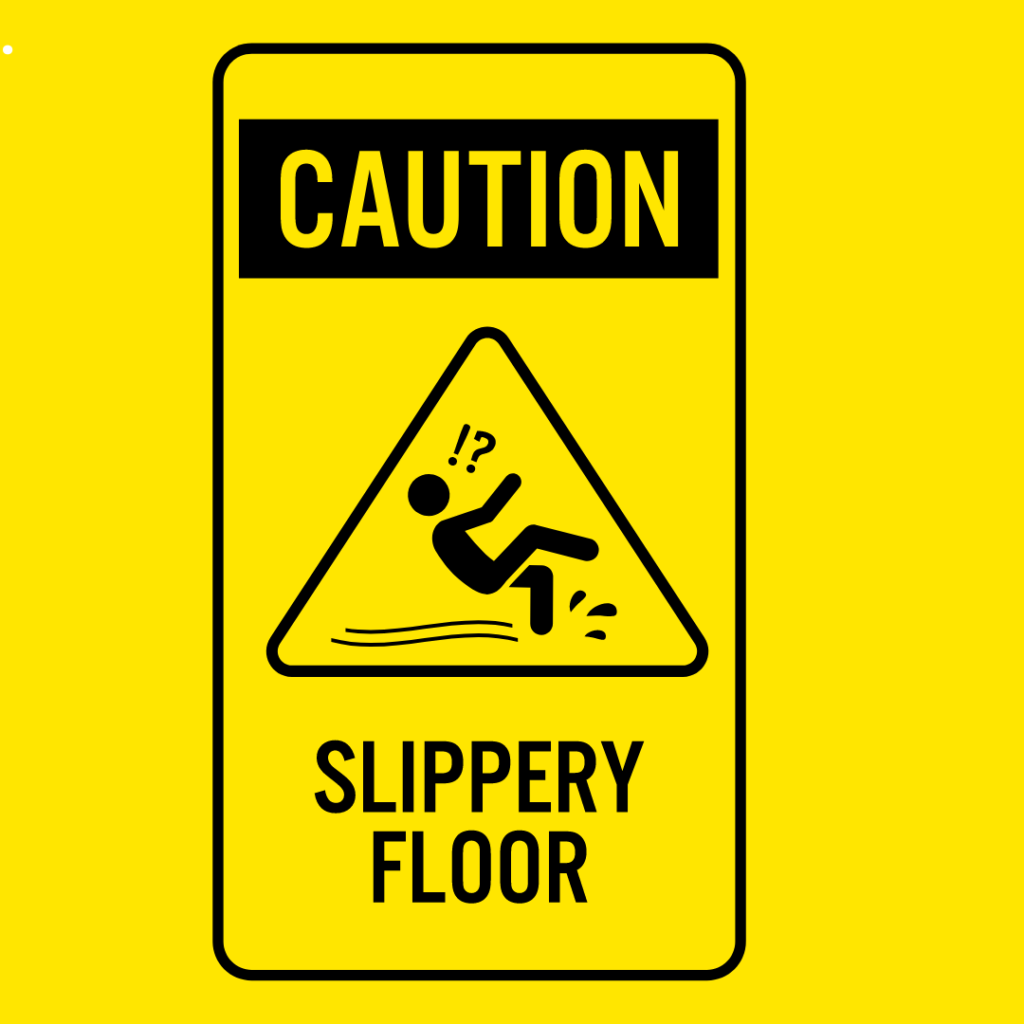Call it anti-climbing paint or anti-vandal paint, because this paint’s extreme slipperiness is a feature, not a bug. It’s designed – or at least marketed – to deter people from climbing your walls. In what could be called “unimaginably gloss,” this paint can remain wet (and slippery) for up to three years.
An article on a website called Oddity Central shared the pros and cons of the product, which was originally developed by a company called Camrex Paints in the 1960s. According to the article, the paint is usually applied in 3mm layers, and while the outside of the coating dries to a protective gloss, the paint underneath stays wet. If someone tries to scale a wall, the wet paint keeps them from being able to climb, while at the same time coating the intruder with a very hard-to-remove product, which makes it easy to identify who may have tried to climb over the wall. Therefore, the writers advise that property owners need to weigh the success in preventing trespassers vs. the potential for lawsuits.
Property owners can be required to post warning signs, or risk liability if someone tries to climb the wall and gets injured on the way down, even if they were trespassing. It’s best, apparently, to apply the deterrent paint higher on a wall, so that innocent people don’t inadvertently come into contact with it.
Another potential pratfall – it could be detrimental to wildlife. Cats and birds have wound up victimized by the anti-climbing product.
An article on Painters Care presents a largely positive view of the product, but also reminds property owners to check any local — or even federal — laws before applying it. Author Lisa Borher describes the paint as “a thick, petroleum gel-based coating that looks smooth, wet, and slippery…commonly used on fences, walls, roofs, and lamp posts to prevent intruders from accessing your house.” It can go on most any building material, for example concrete, asbestos, wood, brick, and metal.
(Perhaps Philadelphia will use it, should a team ever return to championship quality.)
While the paint looks dry, it’s not — it’s quite sticky and hard to remove, which as noted above, makes it easy to identify anyone who has come into contact with it. This applies to the painter as well, who, she recommends, needs to wear protective gear, and probably nothing they’d ever want to wear again.
It’s also a challenge to remove from the wall itself and needs a variety of solvents for a successful outcome. She notes that unsuspecting cats or squirrels may be able to scale the wall, but once they get paint on paws, they’ll leave little footprints everywhere. (See Chip ‘n’ Dale cartoon for reference.) Not to mention, an animal stained with paint colors is jeopardizing both its natural coloration and its life.
“The Highways Act of 1980 protects people and animals from harm and injury, especially if your painted wall adjoins a public highway,” Borher said. “The Occupier’s Liability Act of 1984, for instance, makes a homeowner responsible for anyone injured when climbing an anti-grease painted wall, whether they’re authorized to be there or not unless you’ve placed enough visible warning signs to caution them.”
While this paint may be unfamiliar to many, it’s readily available in stores and online. A painter or property owner should weigh the pros and cons before installation. (Image courtesy of FirstAid & SafetyOnline.)

